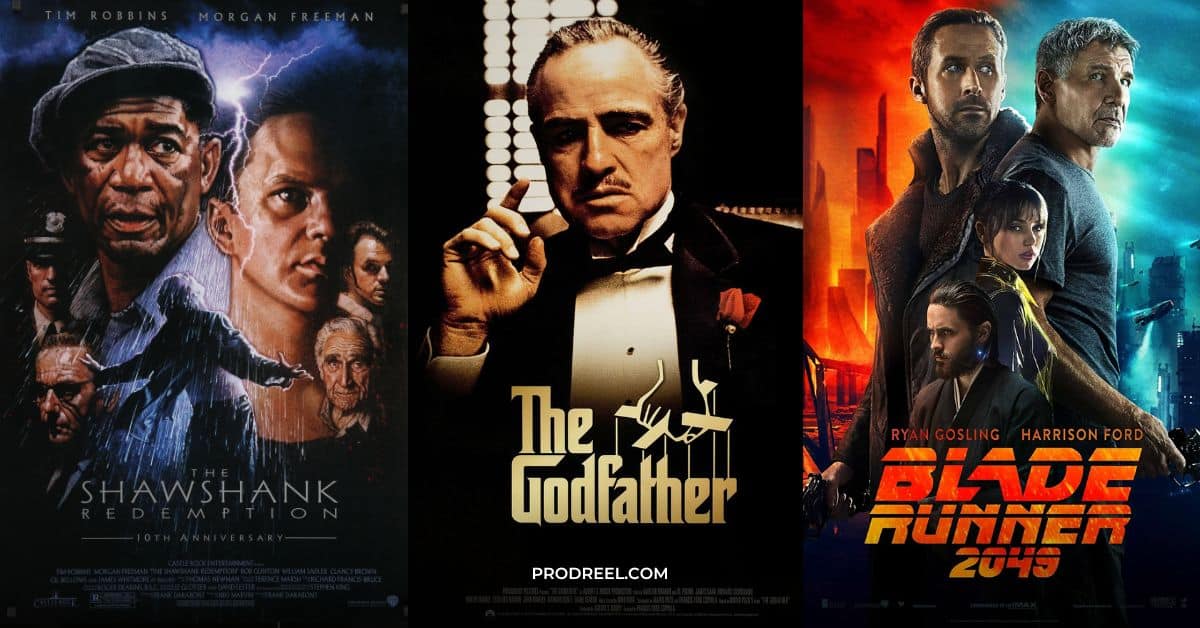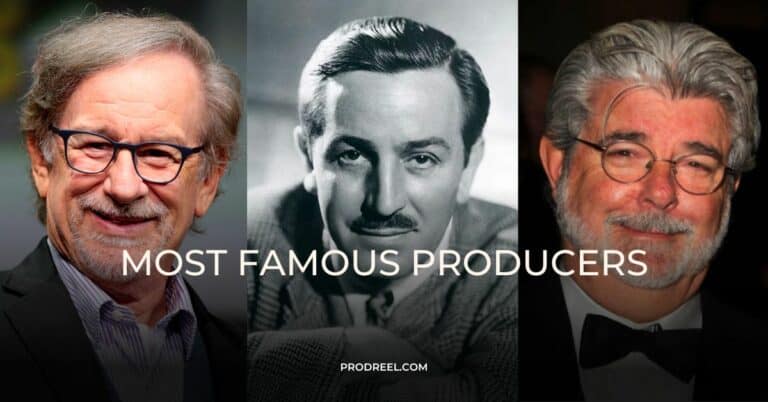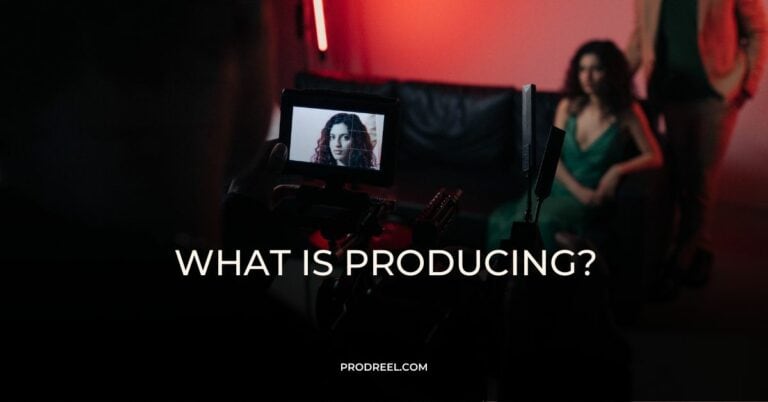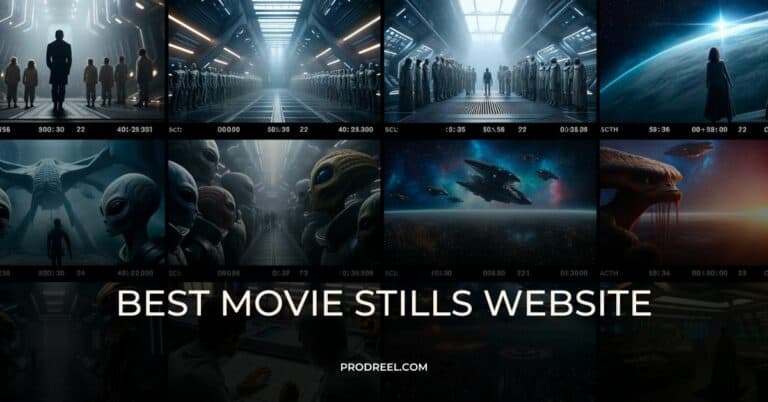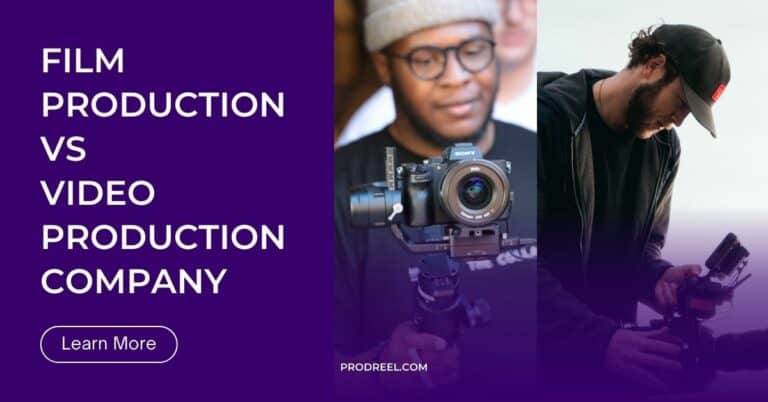Introduction
Movies have the power to transport us to different worlds, evoke profound emotions, and leave a lasting impact on our lives.
We’ve all experienced those exceptional films that stay with us long after the credits roll, but have you ever wondered what makes a movie truly great?
It’s a question that has fascinated filmmakers, critics, and audiences alike for decades.
In this article, we will explore the key elements that contribute to the greatness of a film, from storytelling and character development to technical craftsmanship and thematic depth.
1. Engaging Storytelling
At the heart of every great movie lies a compelling story.
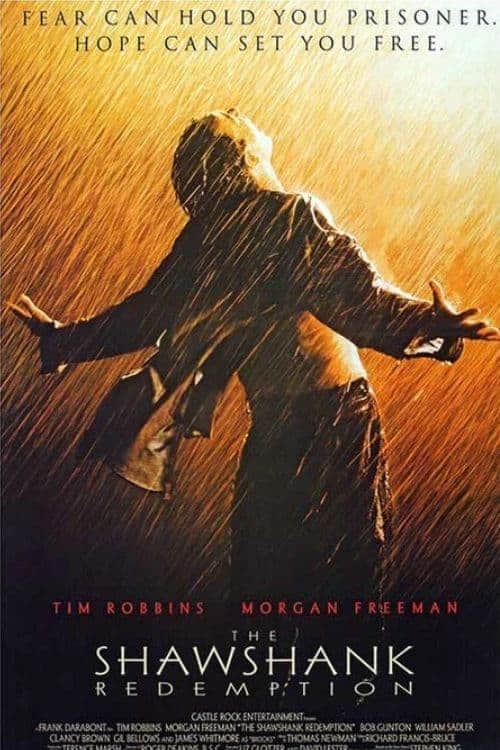
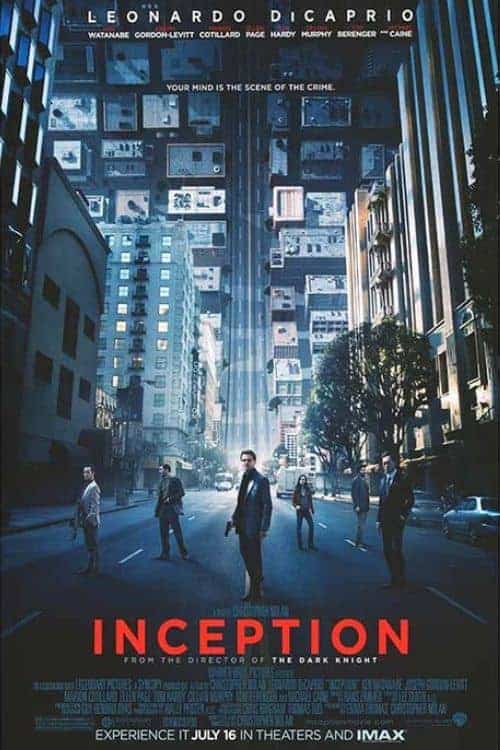
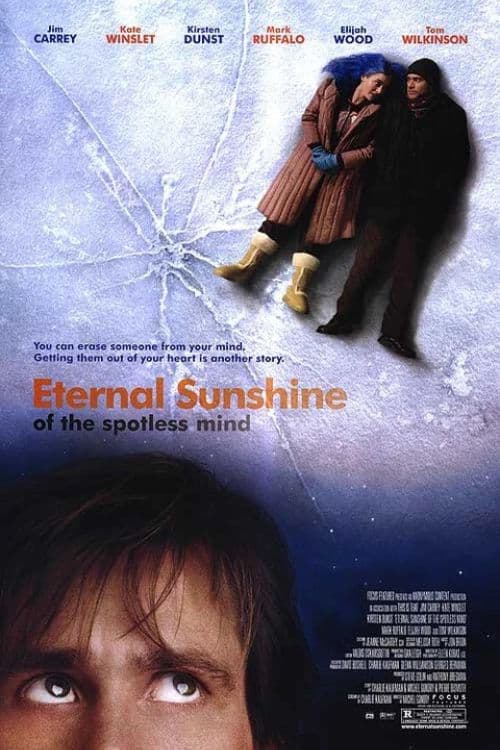
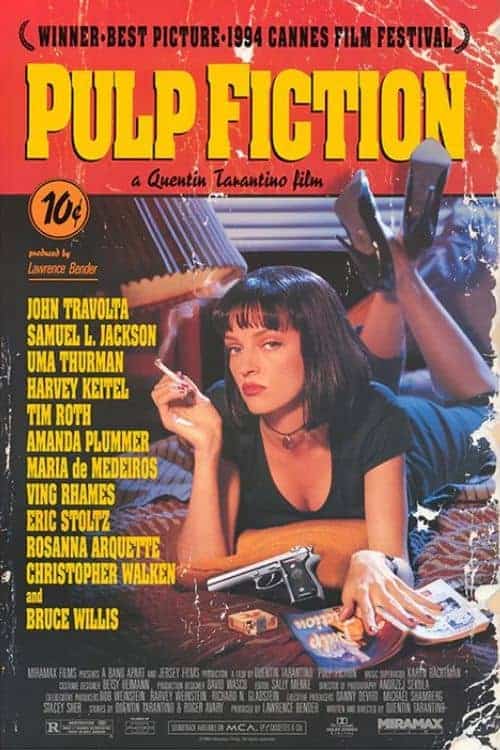

A well-crafted narrative captivates audiences, taking them on an emotional rollercoaster filled with suspense, conflict, and resolution.
The plot should have a clear structure, allowing the audience to invest in the characters and their journey.
Whether it’s a gripping mystery, an inspiring biopic, or an imaginative fantasy, a great movie hooks us from the beginning and keeps us engaged until the very end.
These following movies showcase the power of engaging storytelling to captivate audiences and create memorable cinematic experiences. Each film demonstrates unique approaches to narrative structure, character development, and thematic depth, highlighting the diverse ways in which storytelling can be employed to make a great movie.
The Shawshank Redemption (1994)

This film tells the story of Andy Dufresne, a banker who is wrongfully convicted of murder and sentenced to life in Shawshank State Penitentiary.
The movie expertly weaves a narrative of hope, friendship, and redemption as Andy forms a bond with fellow inmate Red and works towards his ultimate escape.
The engaging storytelling keeps the audience invested in the characters’ lives and their quest for freedom.
Inception (2010)
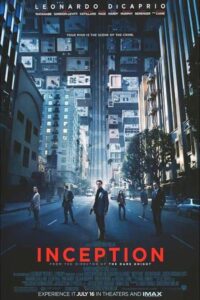
Directed by Christopher Nolan, “Inception” takes audiences on a mind-bending journey into the world of dreams and subconscious manipulation.
The film’s intricate plot follows a team of skilled thieves who enter people’s dreams to extract information.
The layered storytelling, filled with twists and turns, keeps viewers on the edge of their seats as they unravel the mysteries of the dream world.
Eternal Sunshine of the Spotless Mind (2004)
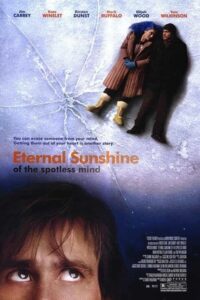
This unique romantic science-fiction film explores the complex nature of relationships and memory.
The story revolves around Joel and Clementine, a couple who undergo a procedure to erase each other from their memories.
The film utilizes non-linear storytelling and fragmented memories to depict the ups and downs of their relationship, creating an emotionally captivating narrative.
Pulp Fiction (1994)
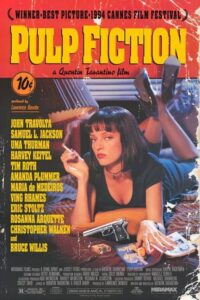
Directed by Quentin Tarantino, “Pulp Fiction” presents a nonlinear narrative that intertwines multiple storylines and characters.
The film follows a collection of interconnected crime stories, filled with dark humor, violence, and unexpected twists.
Tarantino’s masterful storytelling keeps the audience engaged as they piece together the puzzle-like structure of the film.
The Lord of the Rings trilogy (2001-2003)

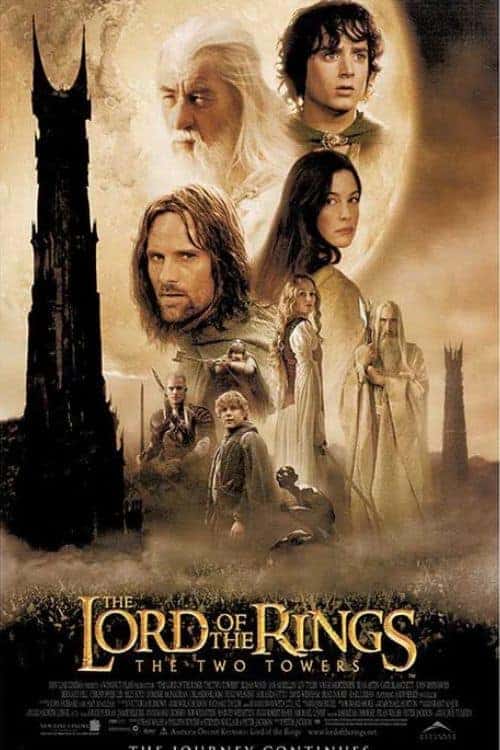
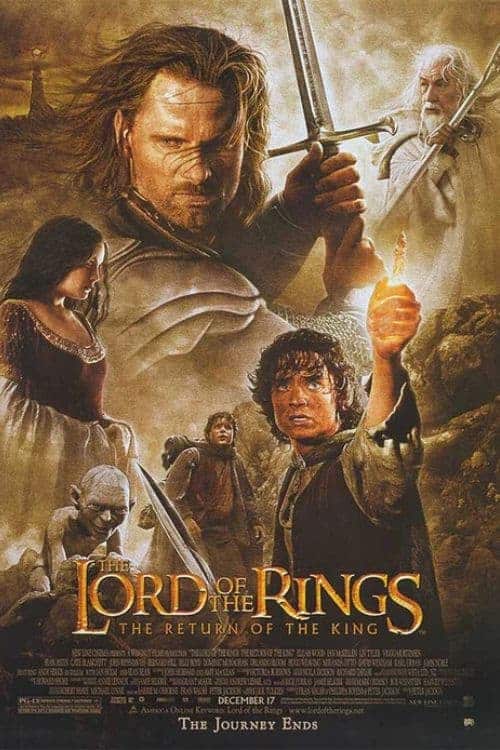
Based on J.R.R. Tolkien’s epic fantasy novels, the “Lord of the Rings” trilogy takes viewers on an immersive journey through Middle-earth.
The films blend intricate world-building, compelling characters, and a grand-scale narrative to depict the struggle between good and evil.
The captivating storytelling transports audiences into a rich and fantastical realm.
2. Memorable Characters
Characters are the lifeblood of any film. Great movies are populated with well-developed, relatable characters who undergo growth and transformation throughout the story.
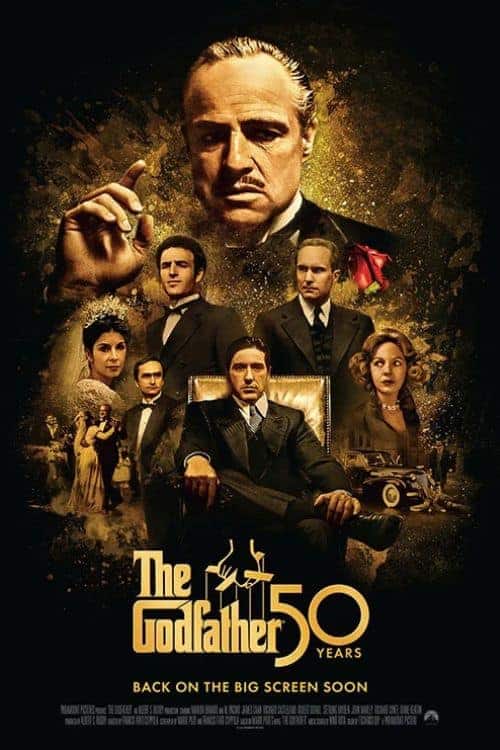
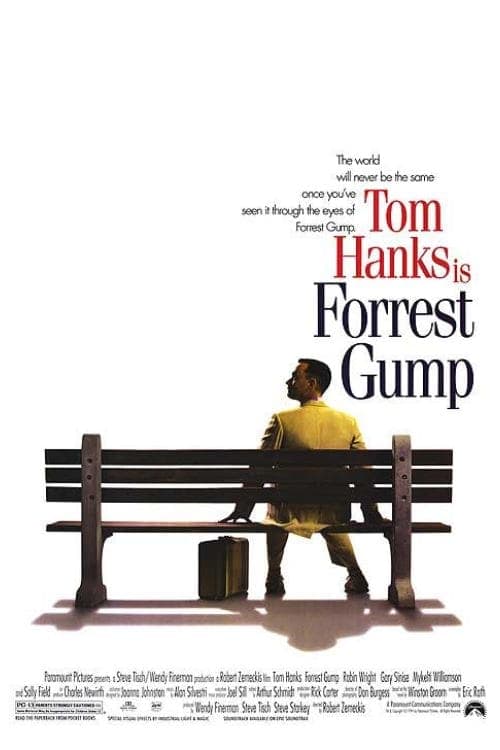
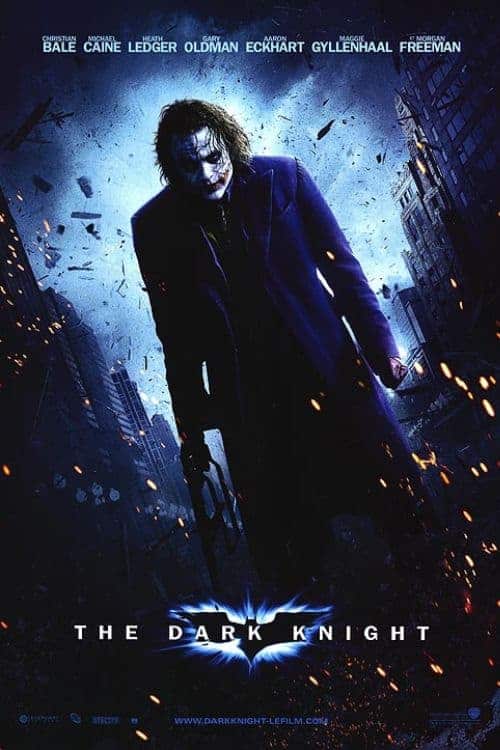
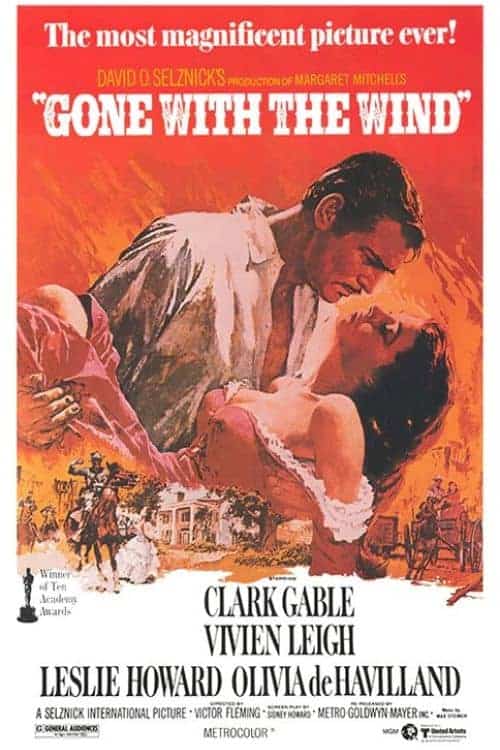
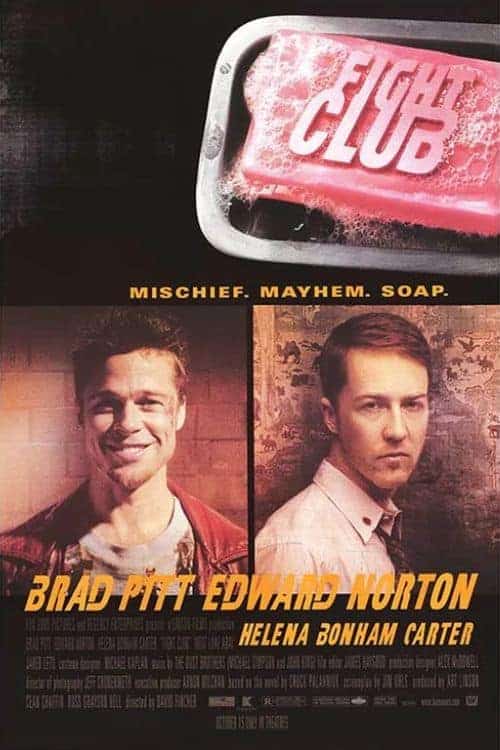
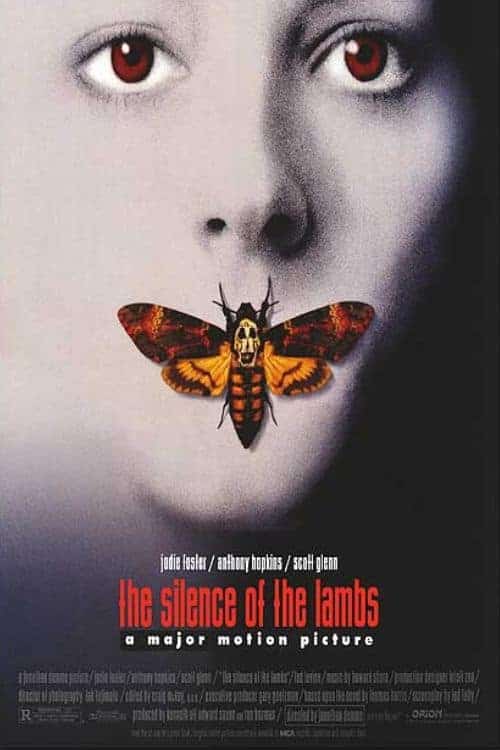
Whether they are flawed, heroic, or complex, compelling characters resonate with the audience on a personal level, allowing us to empathize, root for them, and invest emotionally in their journey.
A strong script coupled with outstanding performances brings these characters to life, making them memorable and leaving a lasting impression.
The following films showcase the power of memorable characters to captivate and resonate with audiences long after the credits roll. Through exceptional performances, character development, and the exploration of complex emotions and motivations, these movies have created characters that have become ingrained in popular culture.
The Godfather (1972)
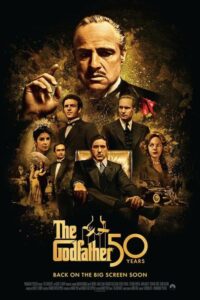
Francis Ford Coppola’s masterpiece introduces us to a plethora of unforgettable characters.
From Marlon Brando’s iconic portrayal of Don Vito Corleone to Al Pacino’s transformation as Michael Corleone, the film presents complex and deeply human characters involved in a web of organized crime.
The nuanced performances and rich character development make this film a classic.
Forrest Gump (1994)
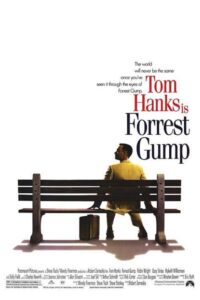
Tom Hanks delivers an exceptional performance as Forrest Gump, a simple-minded yet endearing character who unwittingly becomes a witness to and participant in significant events throughout American history.
The film’s exploration of love, friendship, and destiny, as seen through Forrest’s unique perspective, makes him an enduring and beloved character.
The Dark Knight (2008)
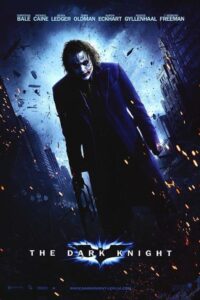
Heath Ledger’s portrayal of the Joker in Christopher Nolan’s superhero epic is widely regarded as one of the most memorable performances in cinematic history.
Ledger’s interpretation of the iconic character brings depth, chaos, and unpredictability to the screen, leaving a lasting impact on audiences.
Gone with the Wind (1939)
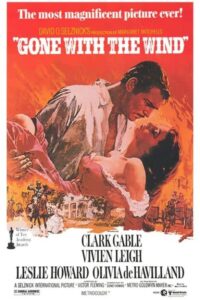
Vivien Leigh’s portrayal of Scarlett O’Hara in this classic historical drama remains one of the most iconic performances in film history.
Scarlett’s complex personality, her resilience, and her transformation throughout the film make her a truly memorable character, emblematic of a tumultuous era in American history.
Fight Club (1999)
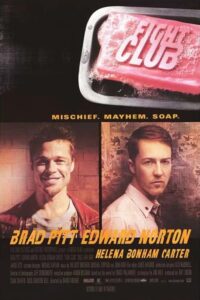
Brad Pitt and Edward Norton deliver powerful performances as Tyler Durden and the unnamed narrator, respectively.
The film explores themes of masculinity, consumerism, and identity through these enigmatic characters, leaving a profound and lasting impression on viewers.
The Silence of the Lambs (1991)

Anthony Hopkins delivers an unforgettable performance as Dr. Hannibal Lecter, a brilliant but cannibalistic psychiatrist.
His chilling portrayal and the complex dynamic between Lecter and FBI trainee Clarice Starling, played by Jodie Foster, make these characters truly captivating and leave an indelible mark on audiences.
3. Exceptional Direction
Behind every great movie, there is a visionary director who orchestrates the creative elements, bringing the story to life on the screen.
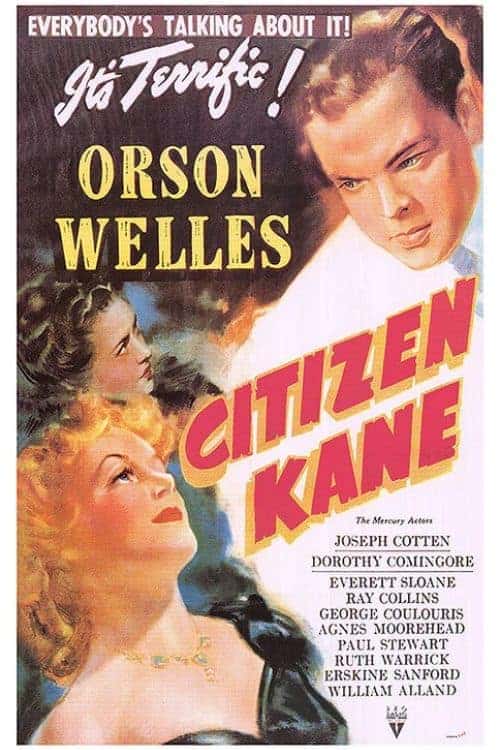
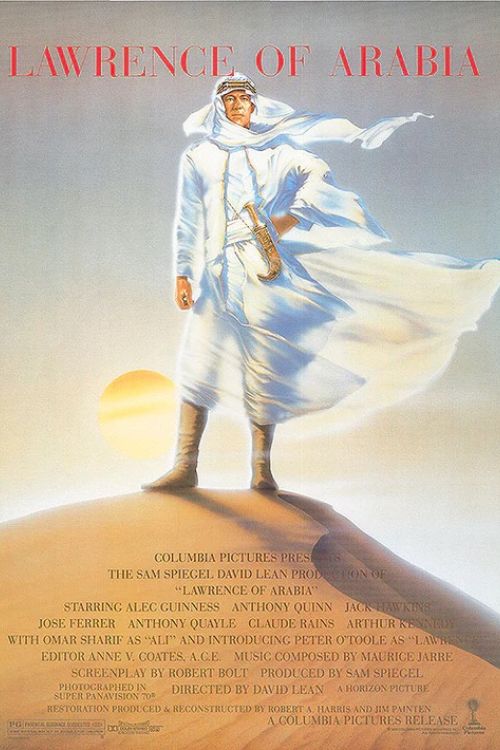
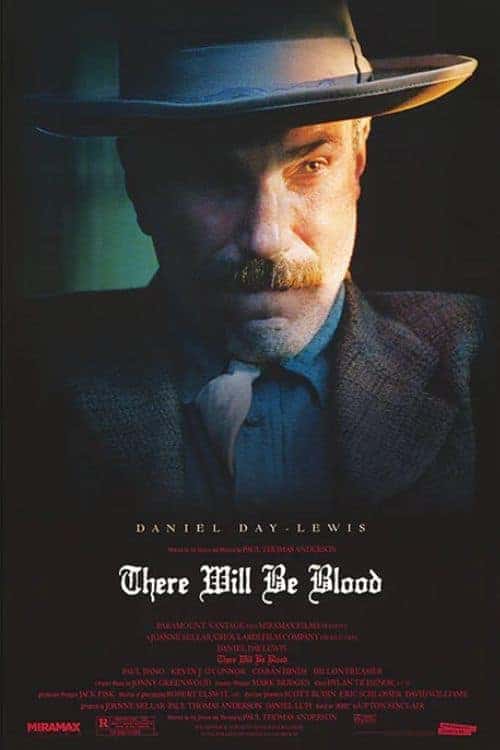
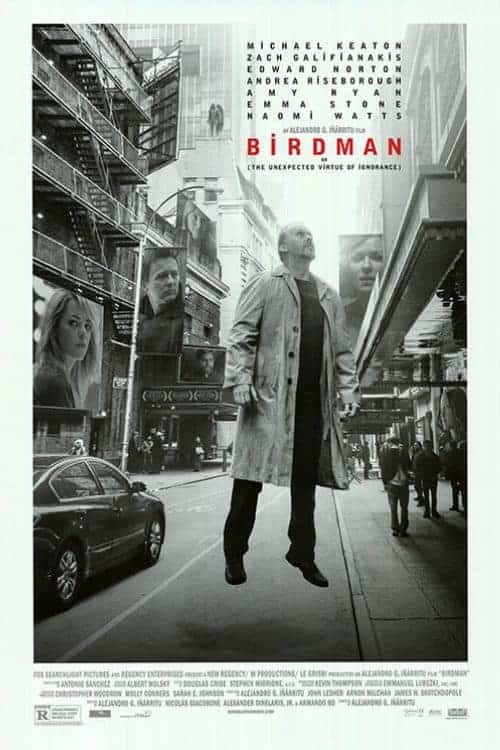
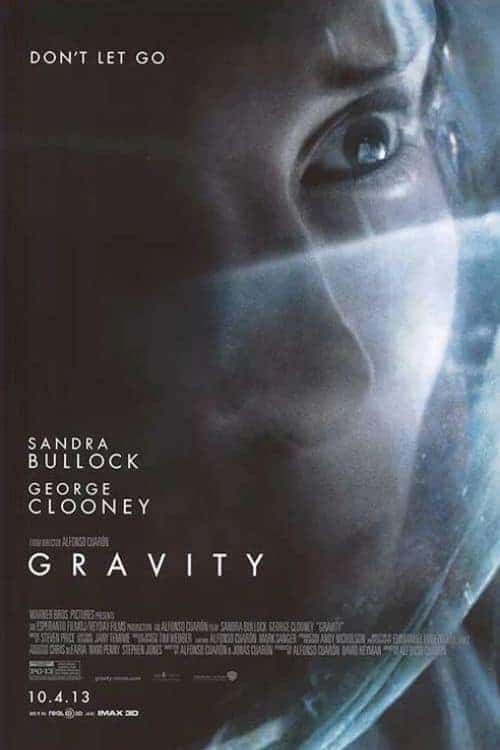
A skilled director possesses a unique artistic vision, making deliberate choices regarding camera angles, visual composition, pacing, and overall atmosphere.
The director’s ability to seamlessly blend technical expertise with storytelling finesse sets the stage for greatness.
Through their vision, a director can transport the audience into the world of the film and create an immersive experience.
The following films highlight the exceptional direction of talented filmmakers who have pushed the boundaries of storytelling, visuals, and technical aspects of filmmaking.
Through their distinct artistic visions, these directors have left an indelible mark on the medium, solidifying their status as masters of their craft.
Citizen Kane (1941)
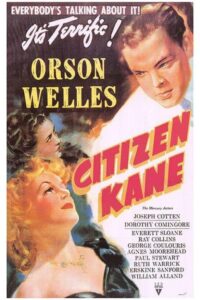
Directed by Orson Welles, this groundbreaking film is often hailed as one of the greatest movies ever made.
Welles’ innovative use of cinematography, deep focus, and narrative structure, as well as his mastery in storytelling techniques, revolutionized filmmaking. “Citizen Kane” remains a testament to Welles’ exceptional direction and his ability to push the boundaries of the medium.
Lawrence of Arabia (1962)
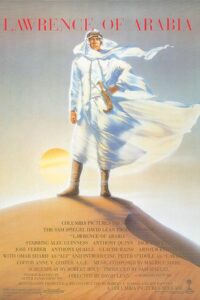
Directed by David Lean, this epic historical drama captures the life of T.E. Lawrence during World War I.
Lean’s meticulous attention to detail, breathtaking cinematography, and sweeping landscapes create a visually stunning and immersive experience.
The film’s grand scope and nuanced character portrayals are a testament to Lean’s exceptional directorial skills.
There Will Be Blood (2007)
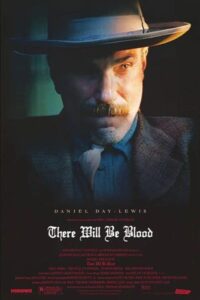
Directed by Paul Thomas Anderson, this film follows the rise of an ambitious oil prospector, played by Daniel Day-Lewis, during the early 20th century.
Anderson’s masterful direction is evident in his use of long takes, intense performances, and atmospheric visuals, which create a sense of tension and unease throughout the film.
Birdman or (The Unexpected Virtue of Ignorance) (2014)
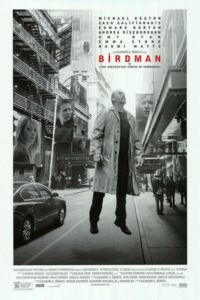
Directed by Alejandro González Iñárritu, this dark comedy-drama takes viewers on a surreal journey through the life of a washed-up actor, played by Michael Keaton.
The film’s seamless blending of long takes, intricate camerawork, and clever editing gives the impression of one continuous shot, showcasing Iñárritu’s visionary direction.
Gravity (2013)
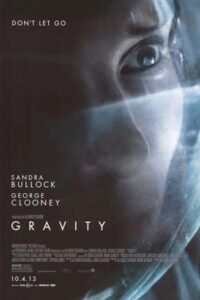
Directed by Alfonso Cuarón, this visually stunning sci-fi thriller tells the story of an astronaut, played by Sandra Bullock, stranded in space after a catastrophic accident.
Cuarón’s innovative use of 3D technology, long takes, and immersive sound design creates a visceral and intense experience, demonstrating his exceptional direction and technical prowess.
4. Technical Craftsmanship
From cinematography and production design to editing and sound design, technical craftsmanship plays a vital role in the overall impact of a movie.
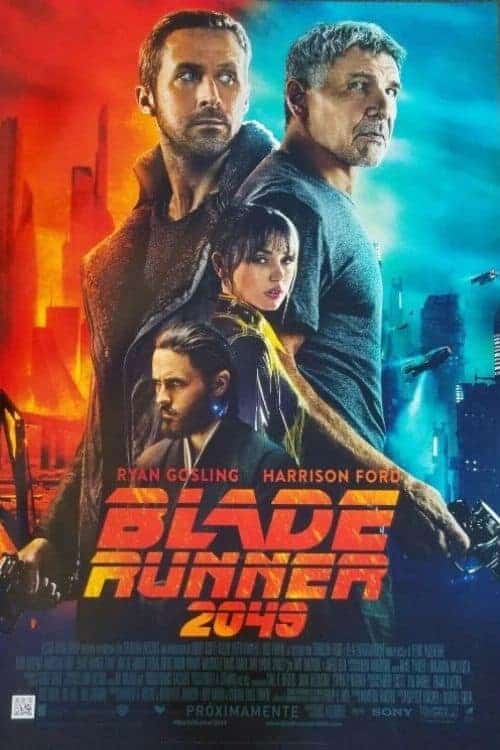
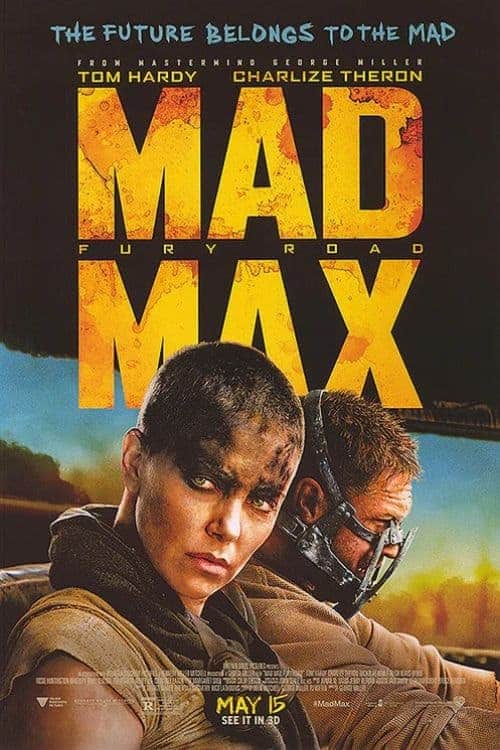

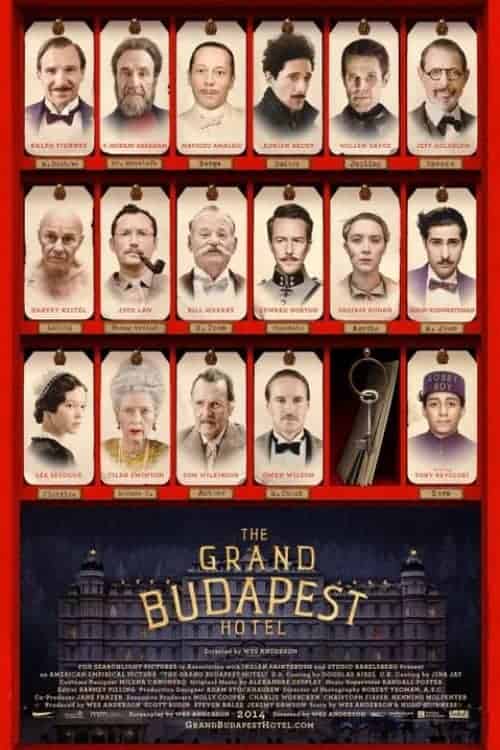
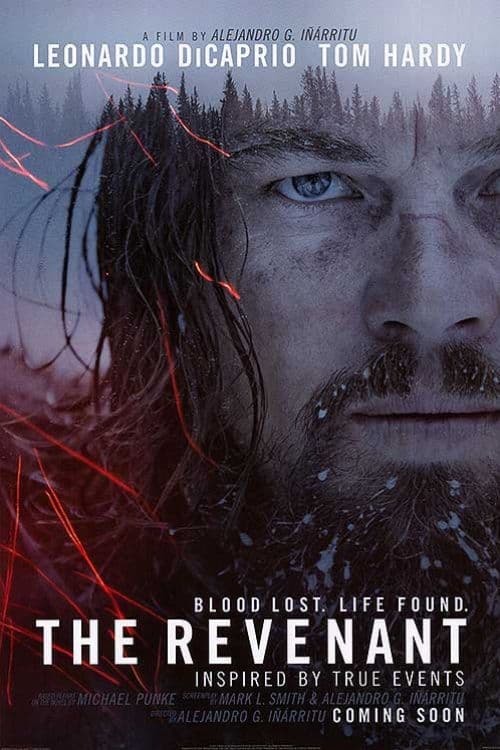
Outstanding cinematography can evoke specific moods and enhance the storytelling, while meticulous production design brings the film’s world to life.
Editing helps to shape the narrative flow and maintain the audience’s engagement, while sound design contributes to the emotional depth and realism.
These technical elements, when executed with precision, elevate a movie to greatness.
The following films exemplify the remarkable technical craftsmanship in different aspects of filmmaking, including cinematography, production design, visual effects, sound design, and costume design.
The dedication to achieving visual and technical excellence in these movies enhances the storytelling and creates unforgettable cinematic experiences.
Blade Runner 2049 (2017)
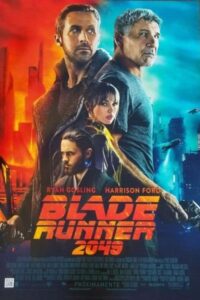
Directed by Denis Villeneuve, this visually stunning science fiction film showcases outstanding technical craftsmanship.
From the breathtaking cinematography by Roger Deakins to the intricate production design, the film immerses viewers in a dystopian future with its stunning visuals, meticulous attention to detail, and seamless integration of visual effects.
Mad Max: Fury Road (2015)
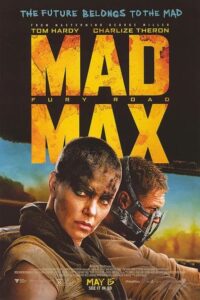
Directed by George Miller, this action-packed post-apocalyptic film is a testament to technical excellence.
The film’s stunning practical effects, exhilarating stunt work, and expertly choreographed action sequences make it a thrilling cinematic experience.
The intricate vehicle designs and relentless pacing contribute to the film’s technical brilliance.
Gravity (2013)

Directed by Alfonso Cuarón, this visually groundbreaking film showcases technical craftsmanship at its finest.
The film’s stunning cinematography, seamless integration of visual effects, and masterful use of sound design create an immersive and realistic portrayal of space.
The technical challenges faced in creating weightlessness and capturing the vastness of space demonstrate the film’s exceptional technical prowess.
The Grand Budapest Hotel (2014)
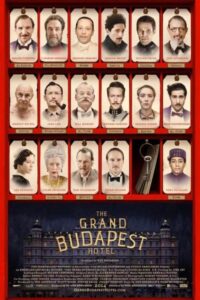
Directed by Wes Anderson, this whimsical comedy-drama exhibits meticulous attention to detail and exceptional production design.
The film’s vibrant color palette, elaborate set designs, and intricate costumes contribute to its distinctive visual style.
Anderson’s precise framing and symmetrical compositions highlight the technical craftsmanship involved in creating the film’s unique aesthetic.
The Revenant (2015)
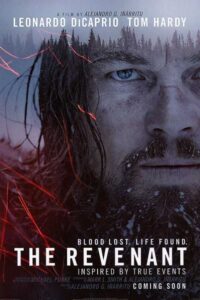
Directed by Alejandro González Iñárritu, this visually stunning survival epic showcases technical mastery.
The film’s extensive use of natural lighting, breathtaking cinematography by Emmanuel Lubezki, and seamless blending of practical and digital effects create a visceral and immersive experience.
The challenging filming conditions and the meticulous attention to detail demonstrate the film’s technical excellence.
5. Thought-Provoking Themes
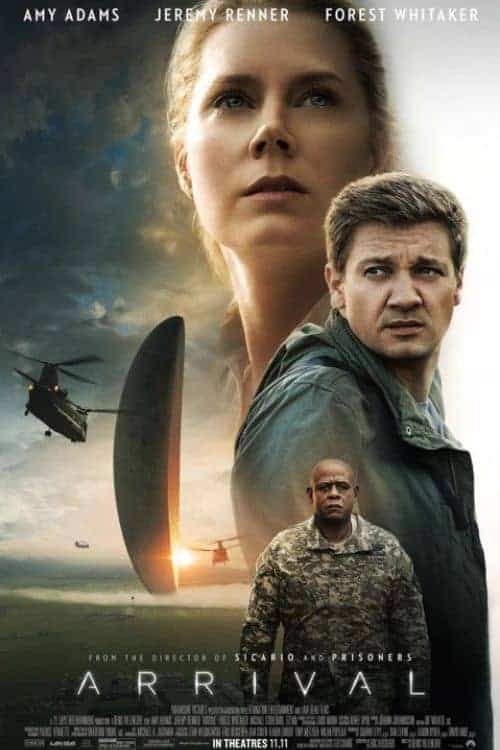
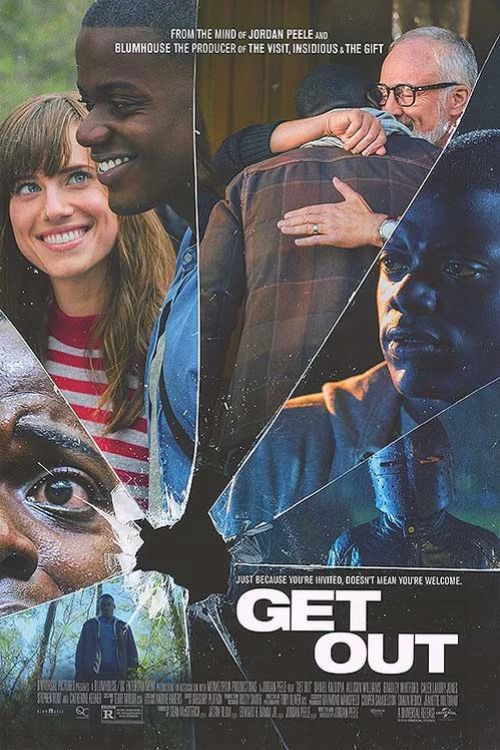
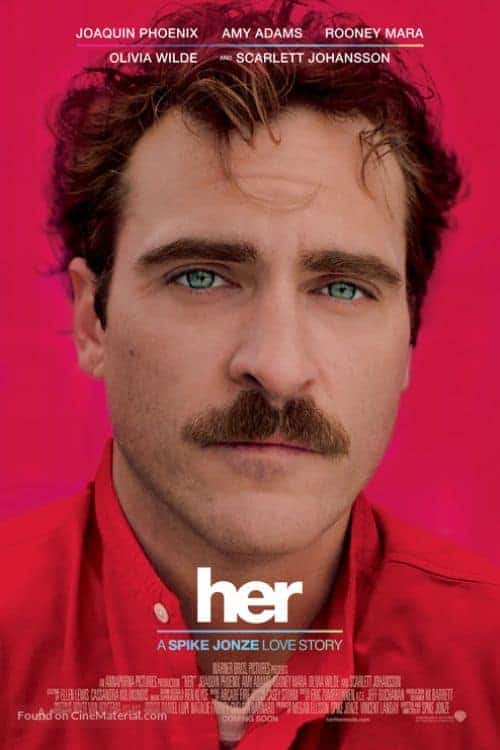
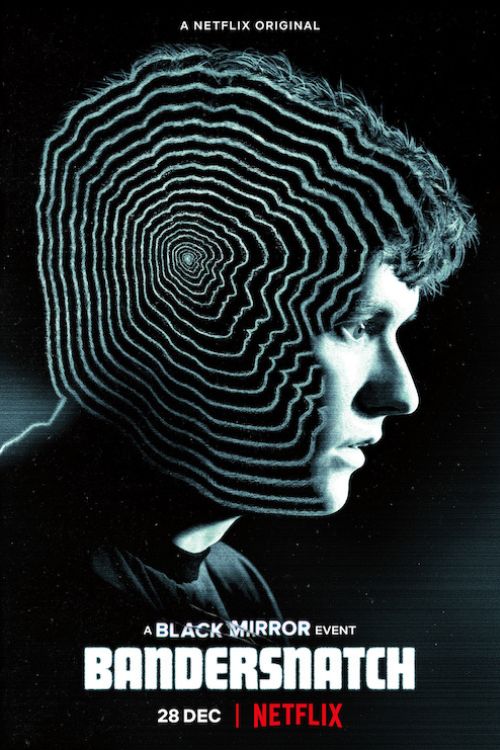
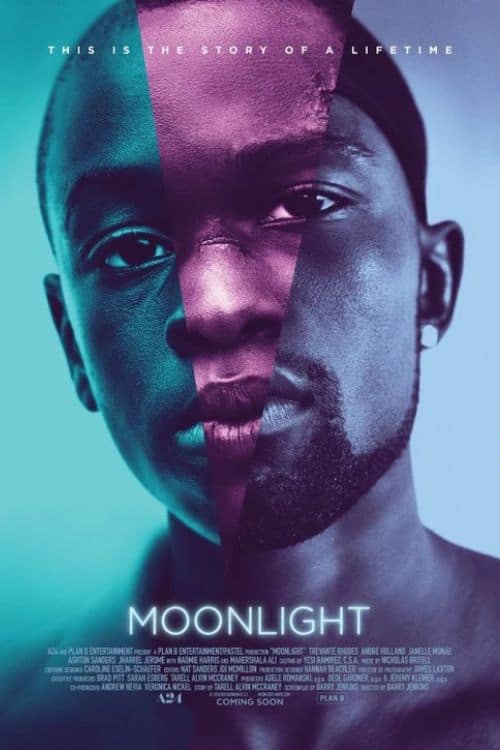
A great movie often explores profound themes and addresses universal human experiences.
It prompts us to reflect on our own lives, society, or the human condition. Themes such as love, loss, redemption, social justice, or personal growth resonate deeply with audiences, provoking thought and discussion.
Movies that tackle these themes with nuance, depth, and originality can leave a lasting impact, sparking conversations that extend far beyond the cinema.
The following movies serve as examples of thought-provoking cinema, engaging viewers in introspection and discussions about a wide range of social, philosophical, and existential themes.
Through their storytelling, these films challenge conventions, stimulate conversations, and offer profound insights into the complexities of the human experience.
Arrival (2016)

Directed by Denis Villeneuve, this science fiction film delves into themes of communication, time, and the nature of humanity.
The story follows a linguistics professor who is tasked with deciphering the language of extraterrestrial visitors.
“Arrival” raises thought-provoking questions about language, perception, and the interconnectedness of humanity.
Get Out (2017)
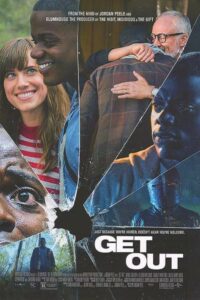
Directed by Jordan Peele, this horror-thriller tackles themes of racism, identity, and social commentary.
The film follows a young African American man who visits his white girlfriend’s family, only to uncover a disturbing secret.
“Get Out” uses the horror genre to shed light on deeper societal issues, prompting discussions on race and cultural appropriation.
Her (2013)
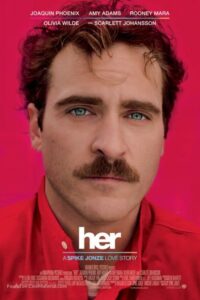
Directed by Spike Jonze, this romantic science fiction film explores themes of love, human connection, and the nature of consciousness.
Set in a near-future Los Angeles, the story follows a man who falls in love with an artificial intelligence operating system.
“Her” raises thought-provoking questions about the impact of technology on relationships and the boundaries of human emotions.
Black Mirror: Bandersnatch (2018)

Directed by David Slade, this interactive film is part of the anthology series “Black Mirror.”
The story follows a young programmer in the 1980s who becomes obsessed with adapting a choose-your-own-adventure novel into a video game.
“Bandersnatch” explores themes of free will, determinism, and the consequences of our choices, inviting viewers to actively participate in the storytelling process.
Moonlight (2016)
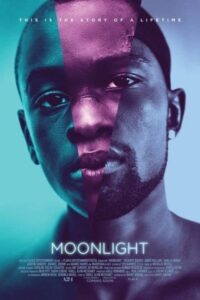
Directed by Barry Jenkins, this coming-of-age drama delves into themes of identity, sexuality, and societal expectations.
The film follows a young African American man at different stages of his life as he grapples with his own self-discovery and understanding of his place in the world.
“Moonlight” offers a poignant exploration of personal and cultural identity, leaving audiences with thought-provoking reflections on acceptance and self-acceptance.
Conclusion
While the greatness of a movie is subjective, there are common elements that contribute to its appeal and impact.
A great movie combines engaging storytelling, memorable characters, exceptional direction, technical craftsmanship, and thought-provoking themes.
These elements work in harmony to create an immersive experience that transports us, entertains us, and leaves us pondering long after the credits roll.
So, the next time you watch a remarkable film, take a moment to appreciate the artistry and craftsmanship that make it truly great.

